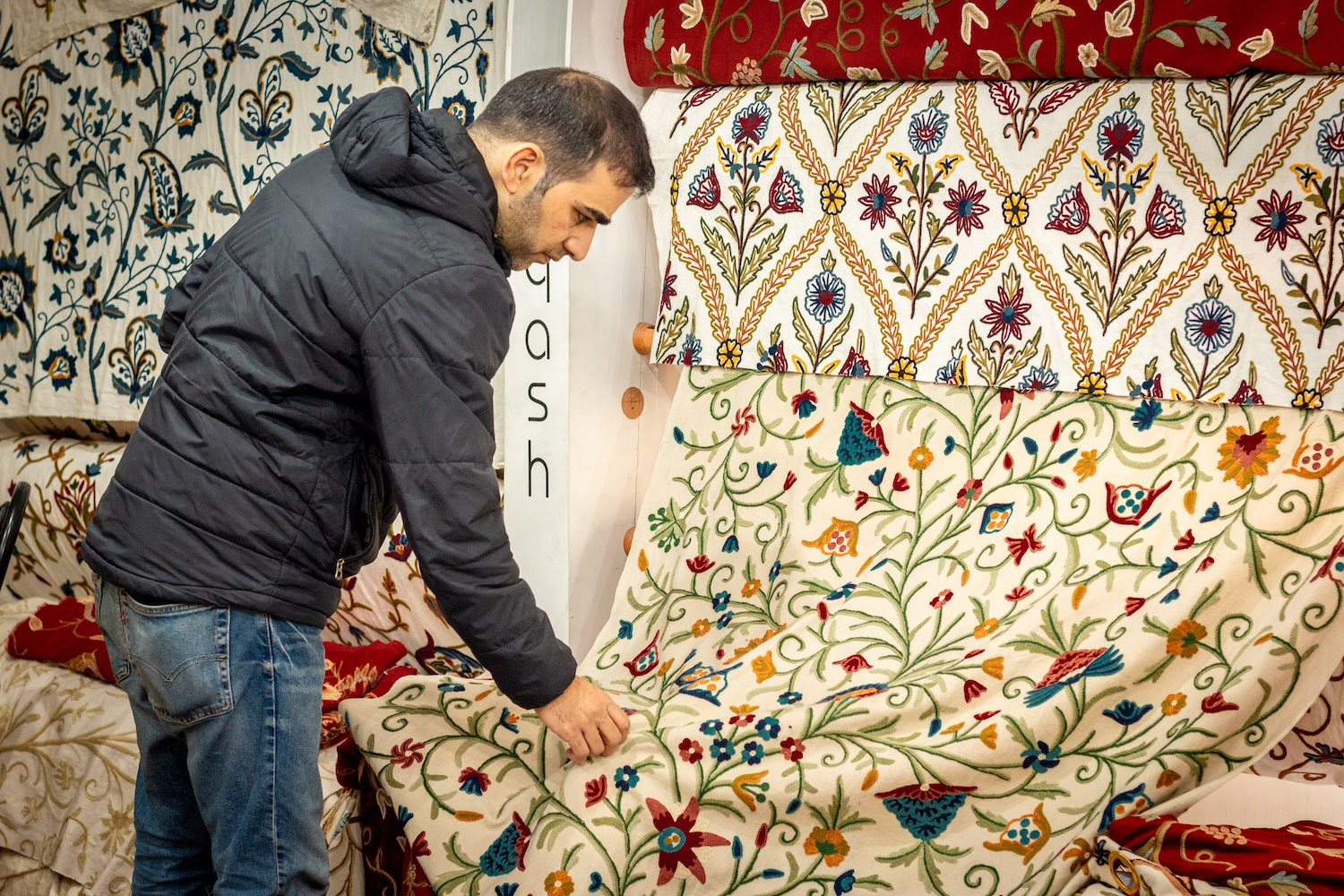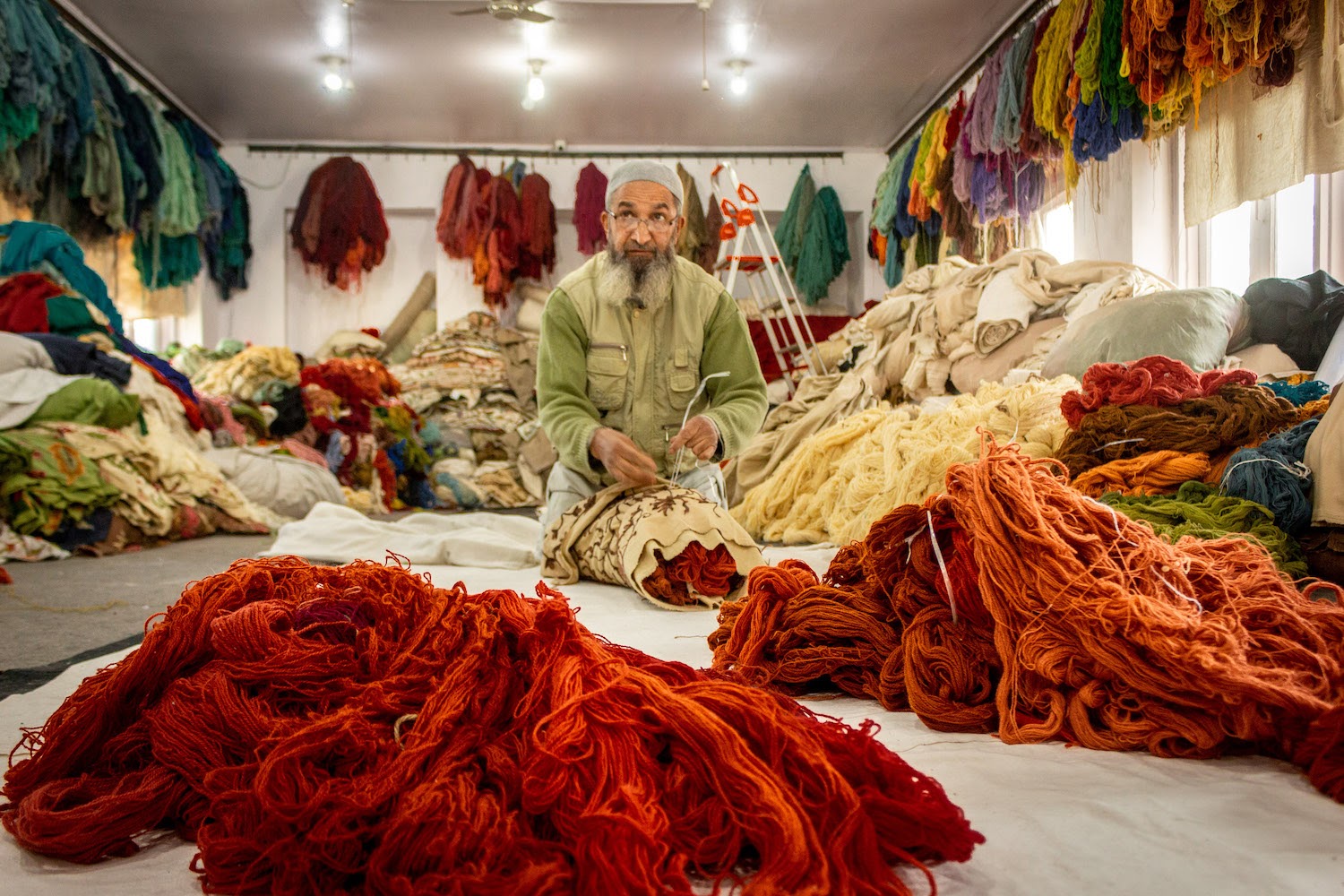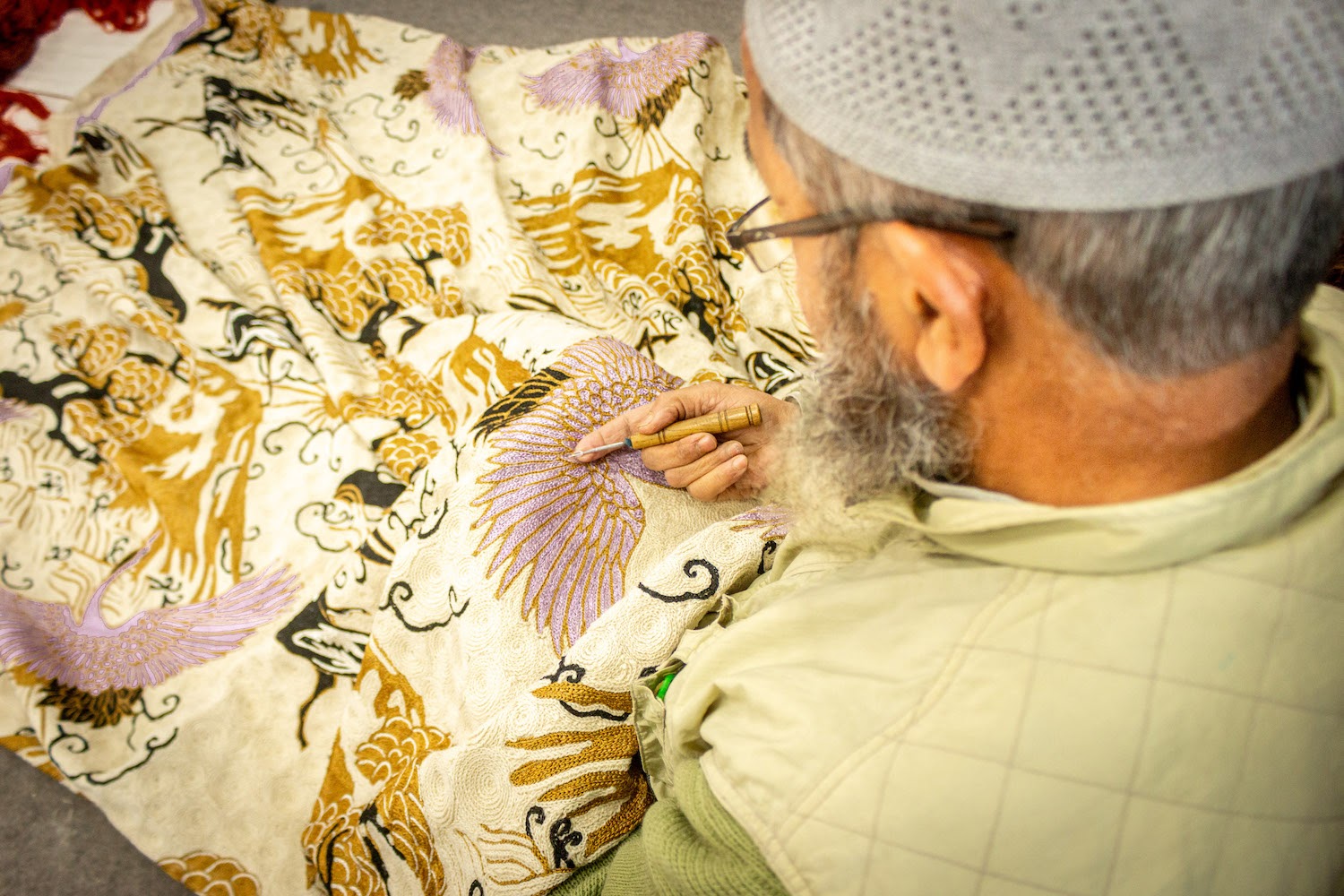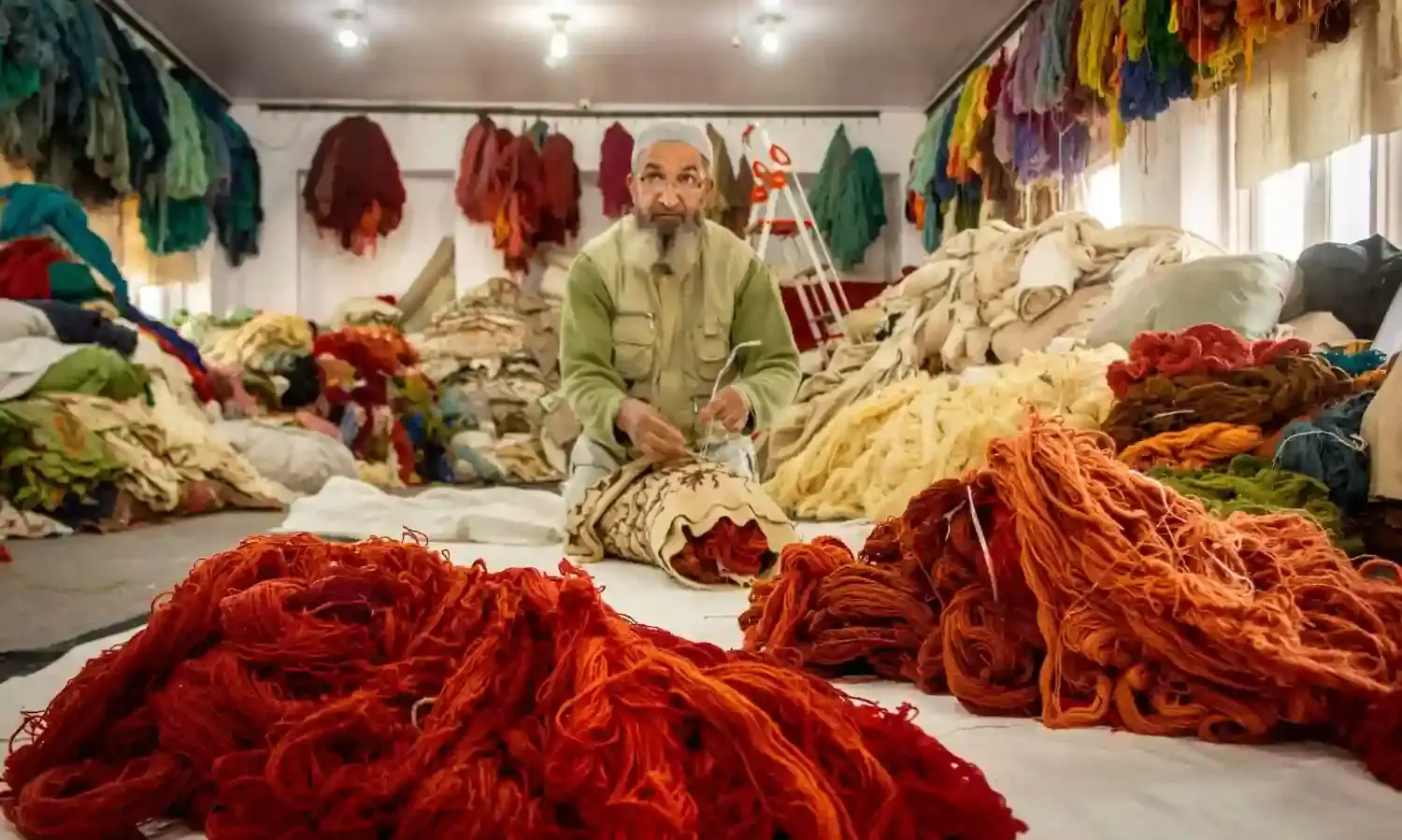Photo story: Kashmiri Artists at Work
Now escalating violence threatens art once more
Historically, Kashmir has been an amazing place for art, craft, and culture where Persia has had a profound influence. These arts percolated to every corner of the state, and eventually became synonymous with Kashmir. Despite this, the use of these arts declined after the rise of the insurgency in Kashmir and the advent of various technological advances.
There have been numerous setbacks in recent years, including the flood of 2014, the repeal of Article 370, and the devastating coronavirus pandemic of 2020. Export orders dried up and inbound tourism dropped to an all-time low. Many artisans have left the arts as a result and are forced to look for odd jobs to survive.
Now escalating violence threatens the craft once more. People in the valley fear that Kashmiri art may soon be a relic of the past if proper steps are not taken to preserve it.
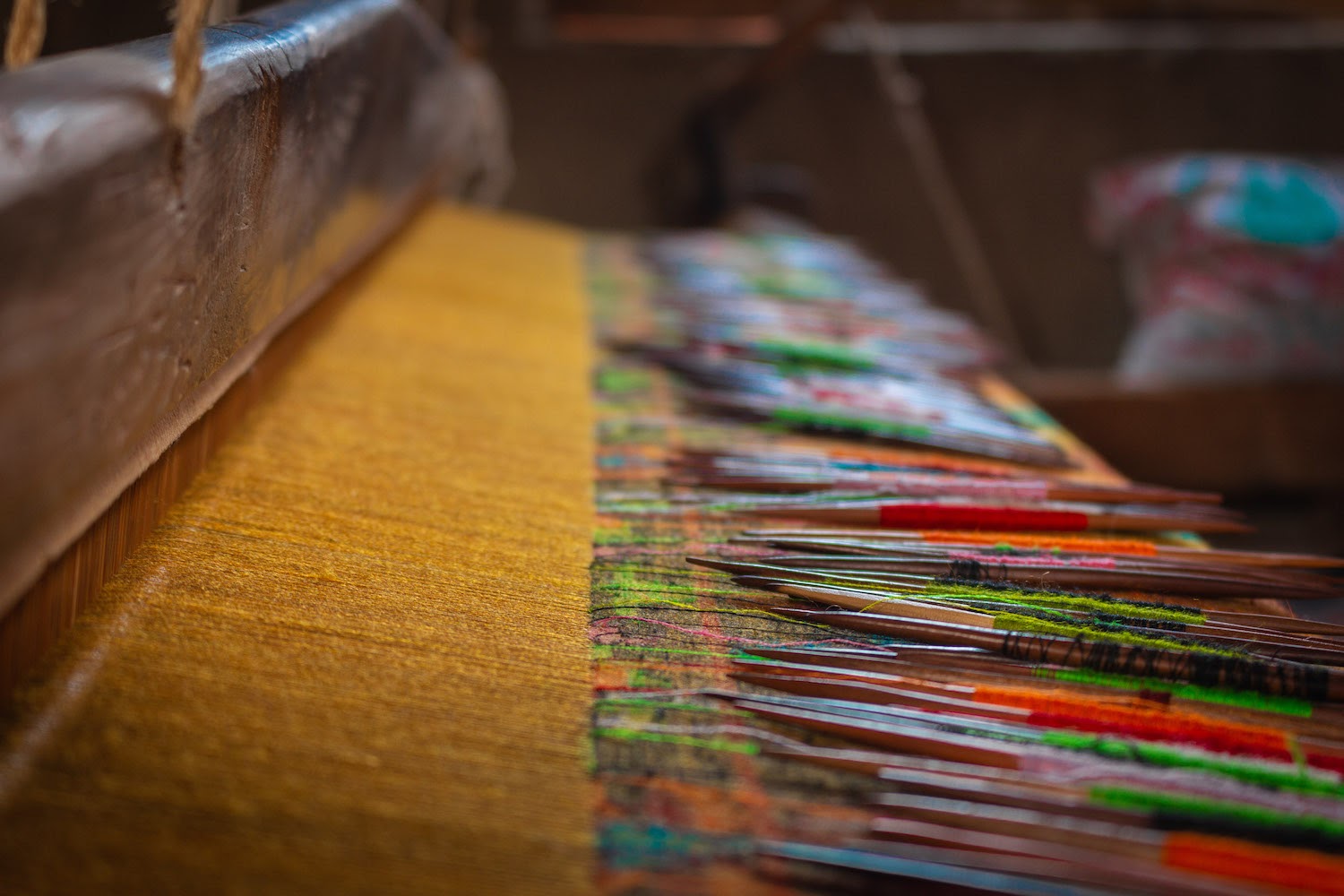
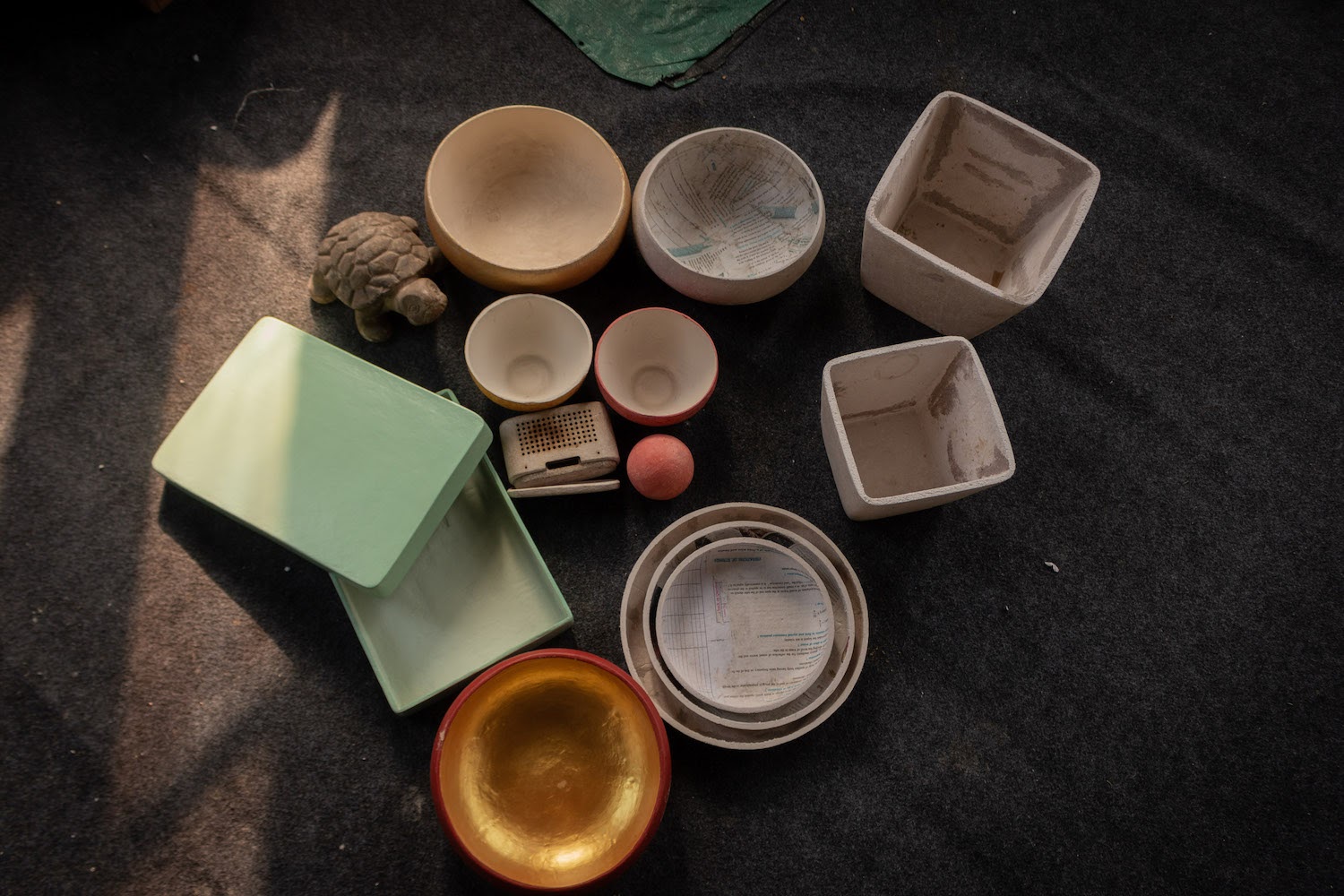
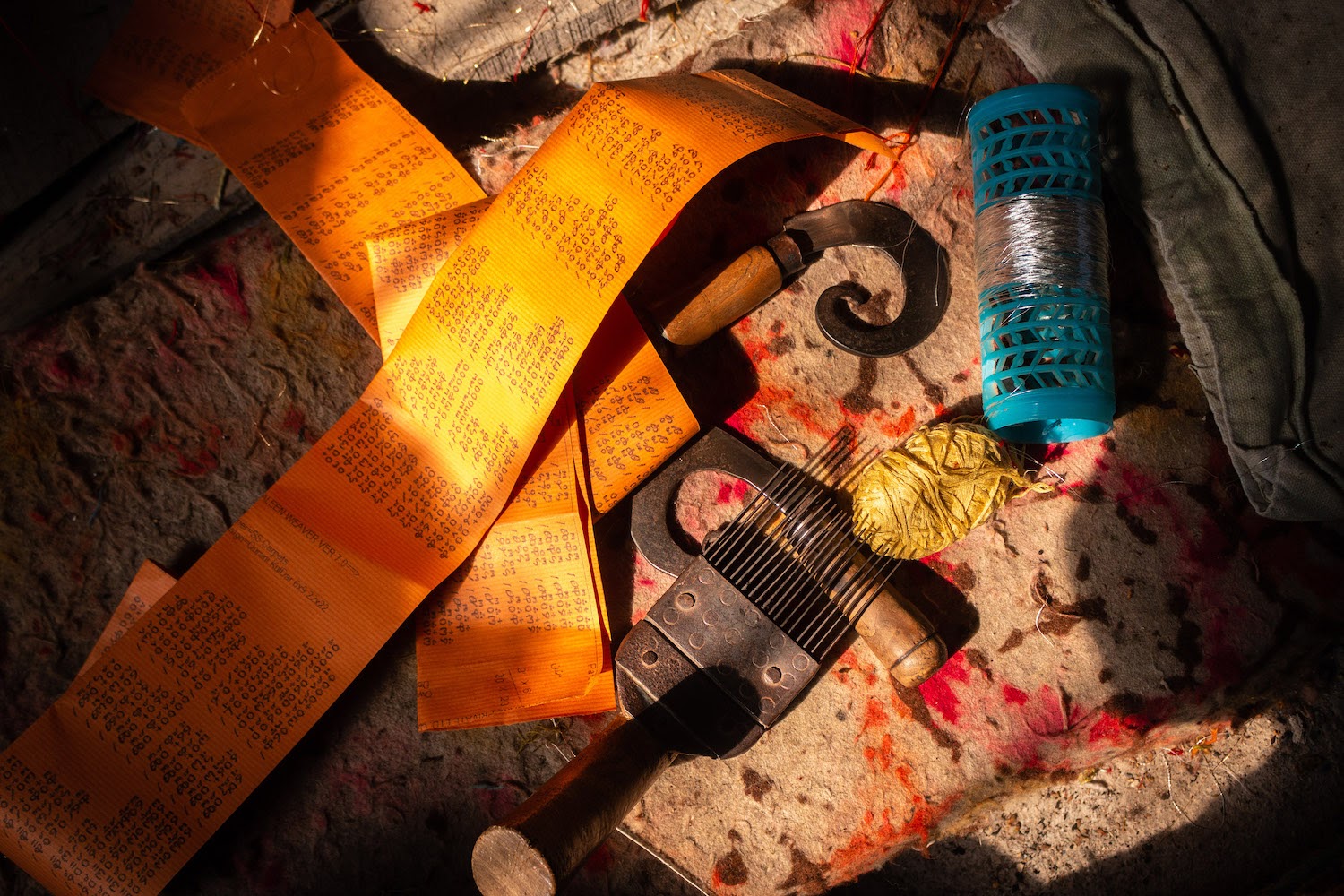
Paper mache artist Kausar Ahmed Shah, who has more than 35 years of experience in this art, says the abrogation of Article 370 led to business problems due to the communication blockade. “Our customers in international markets were unable to contact us, and even today we are having issues due to the volatile situation in Kashmir.”
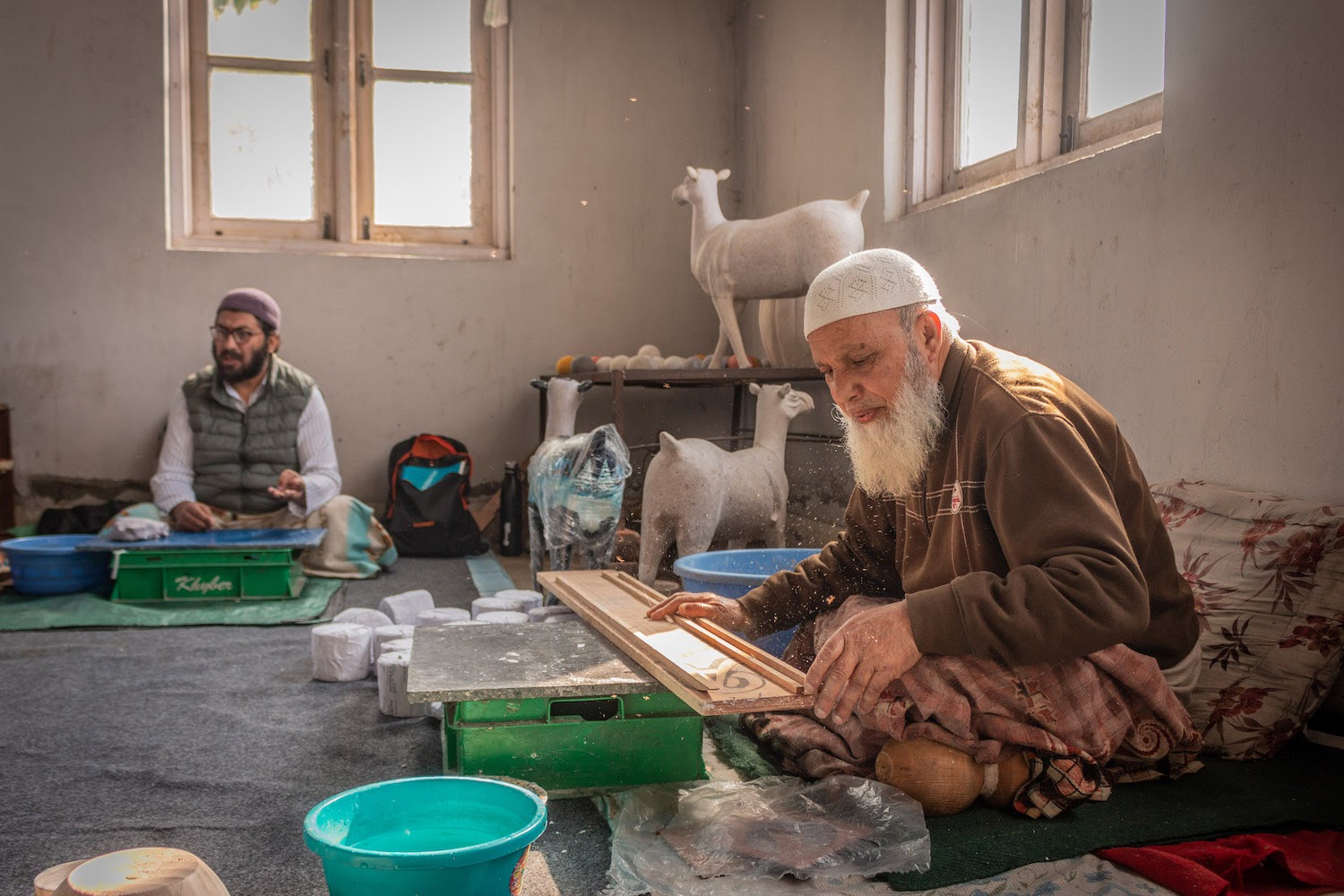
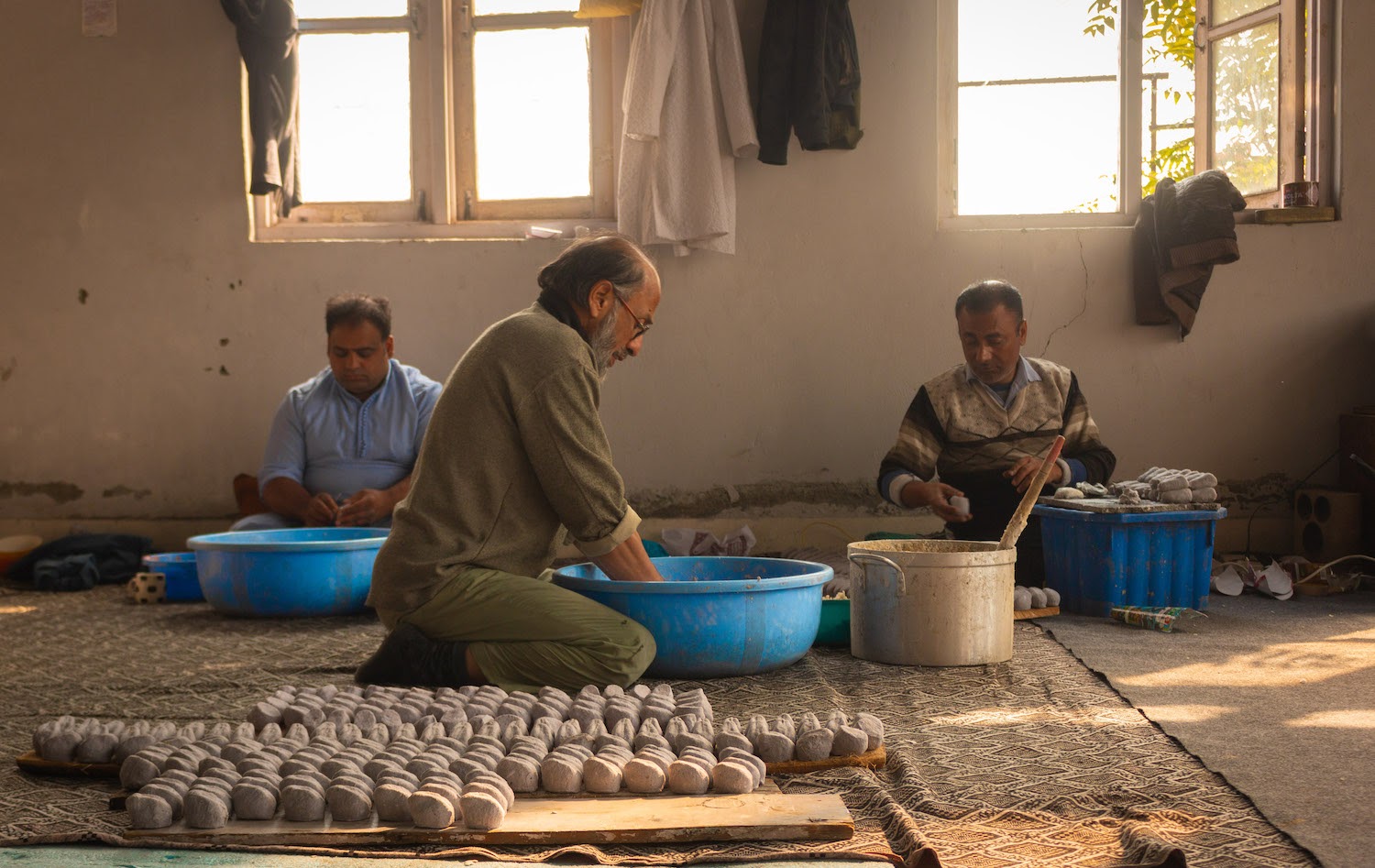
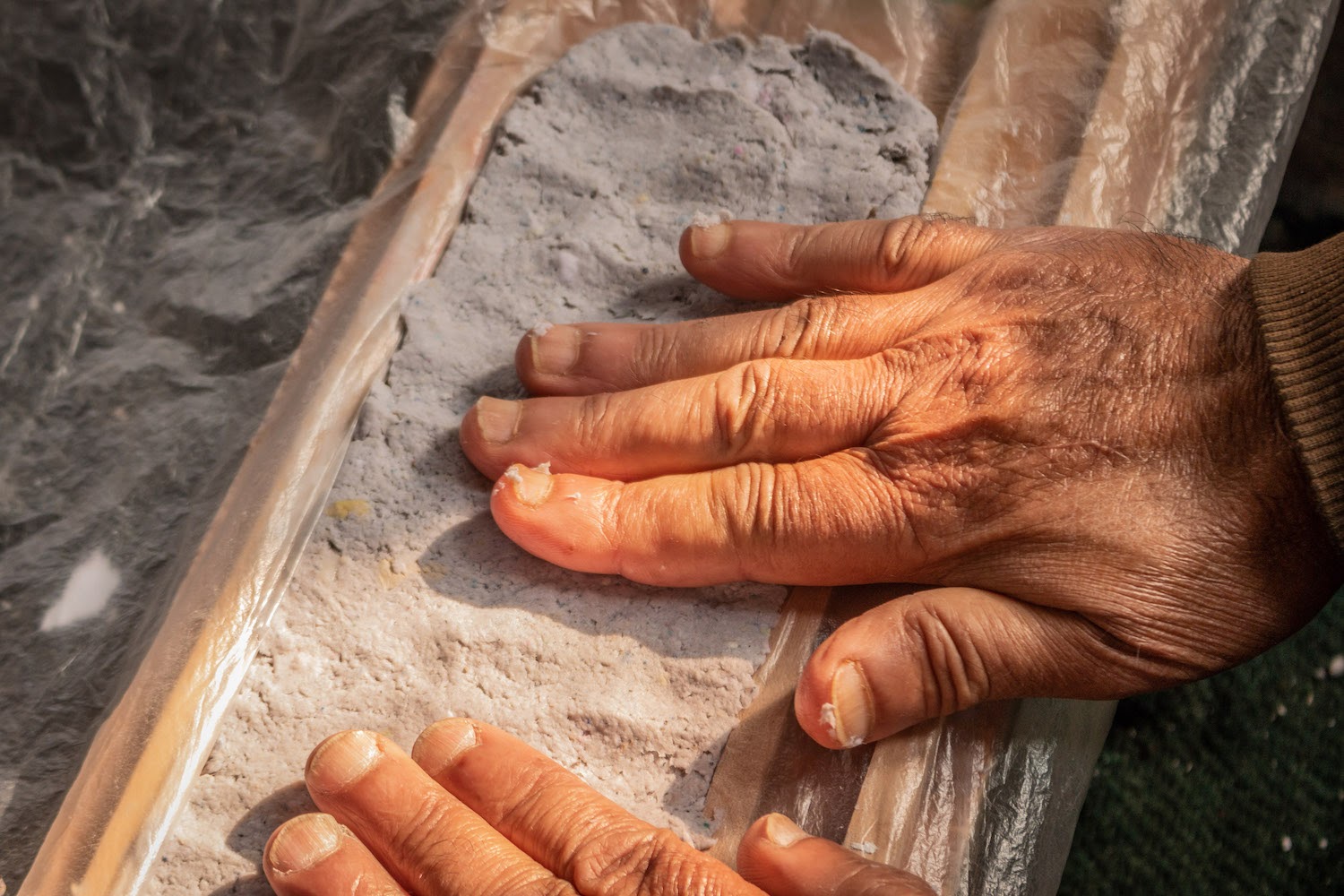
Shahnawaz Ahmed Sofi is an artist with an interesting background of 15 years in fine arts and calligraphy-embedded carpet design. “During the start of the pandemic, many orders were cancelled, and as a result we were not able to pay our artisans on time, but we are hoping to return to our normal schedule soon.”
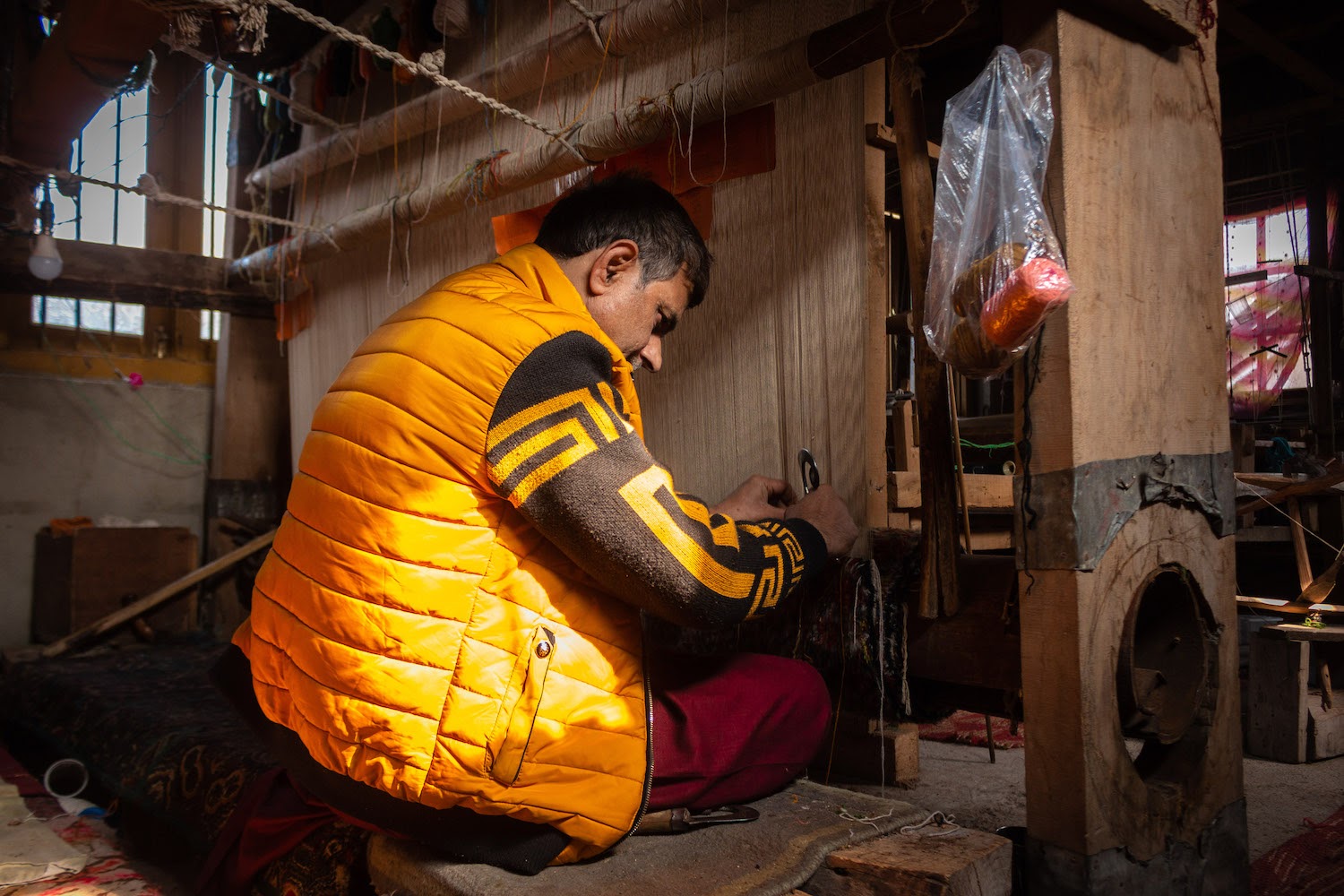
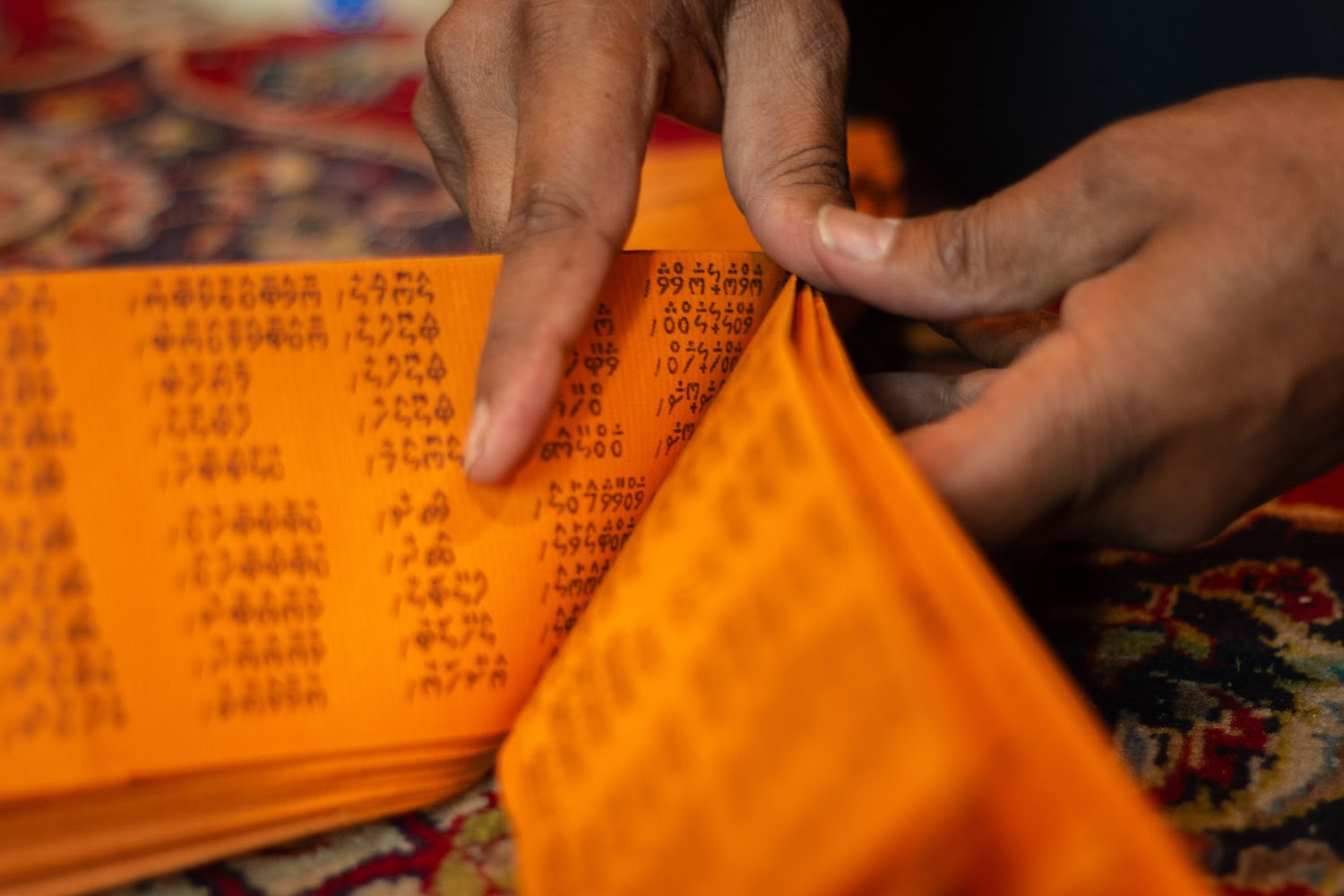
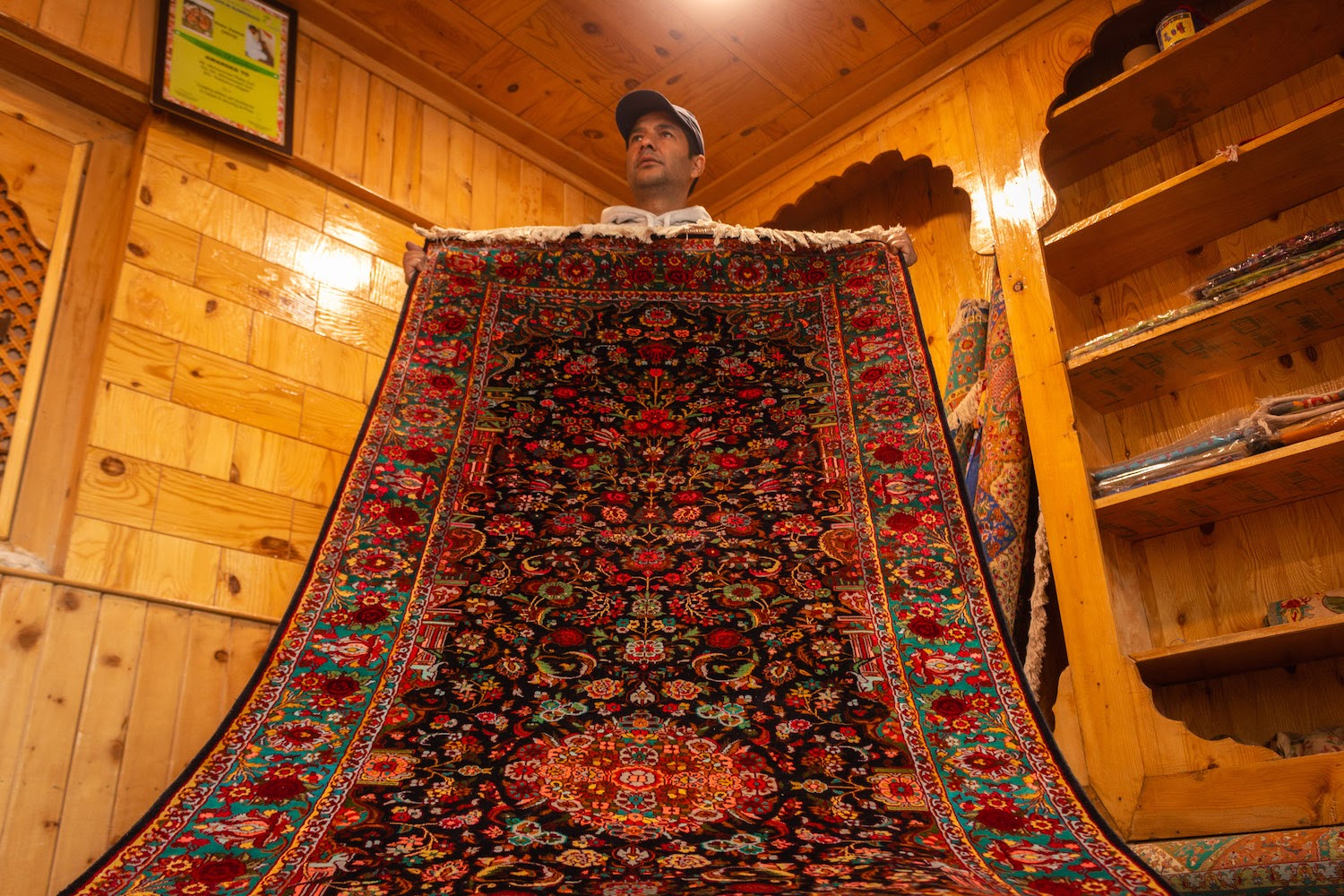
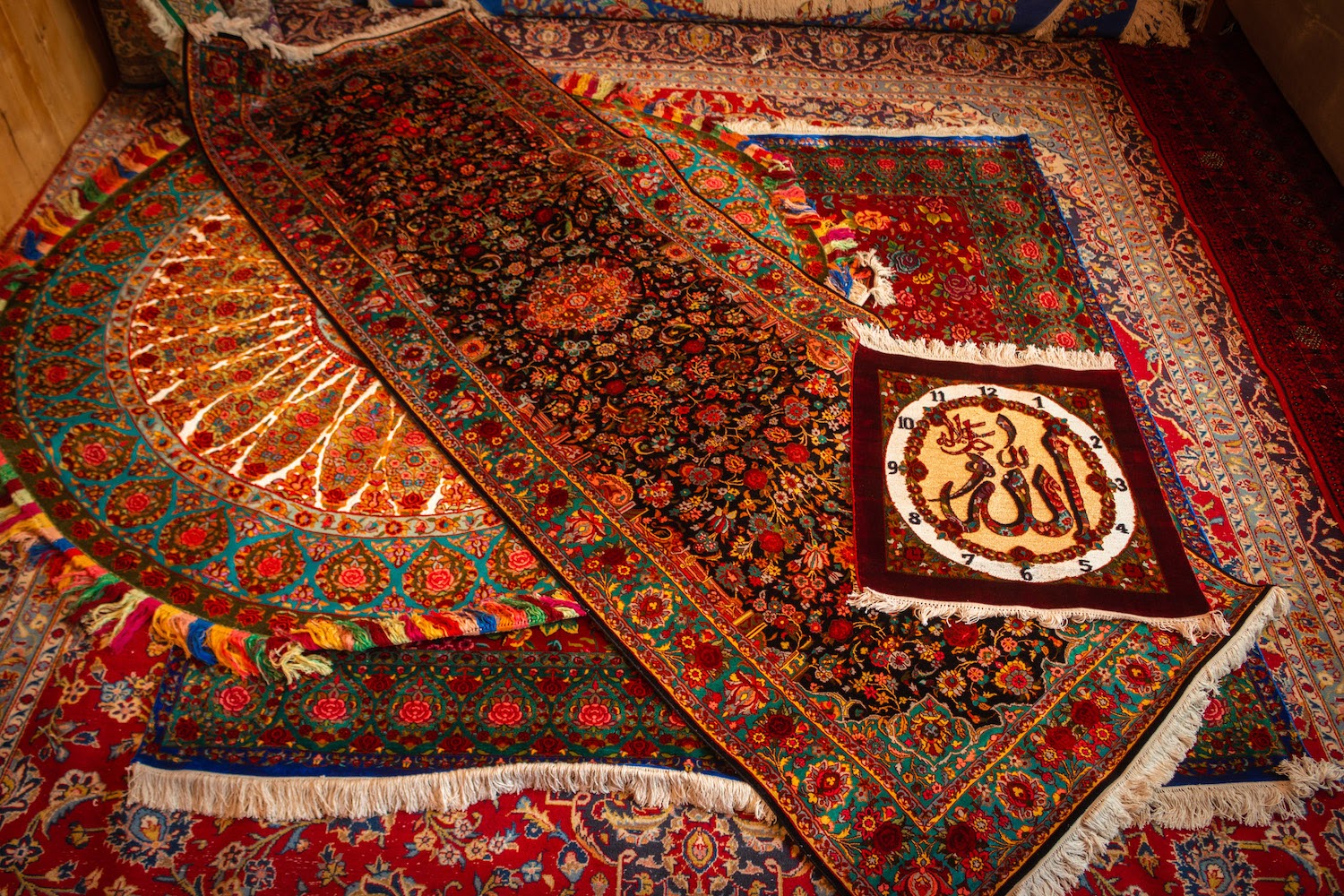
Mehraj Din Wani with 25 years experience shared, “Ideally, I would like to come out of this art, but I don't know anything else without it, so I am doing it, otherwise I would have left it years ago, and it’s challenging to survive on it.”
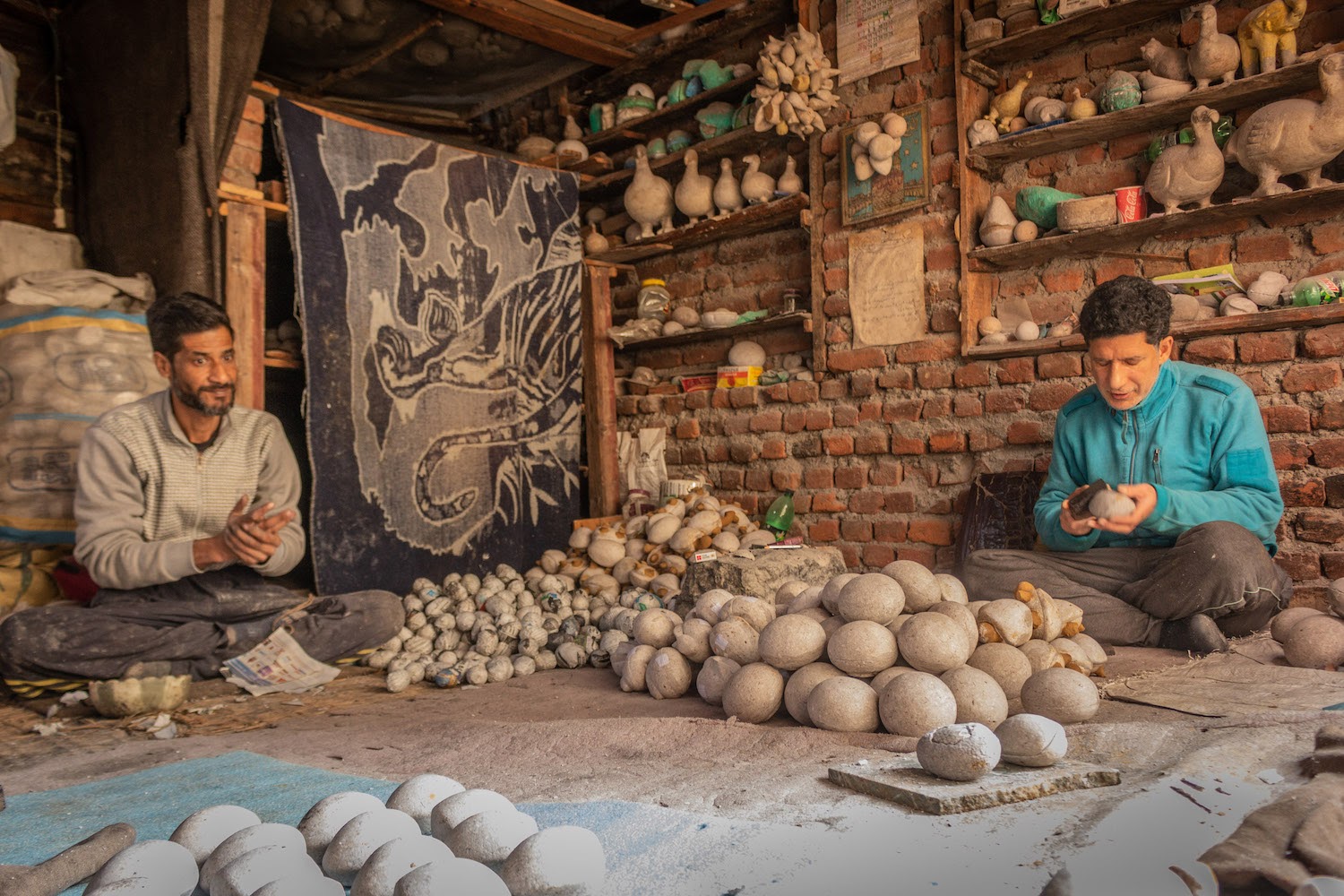
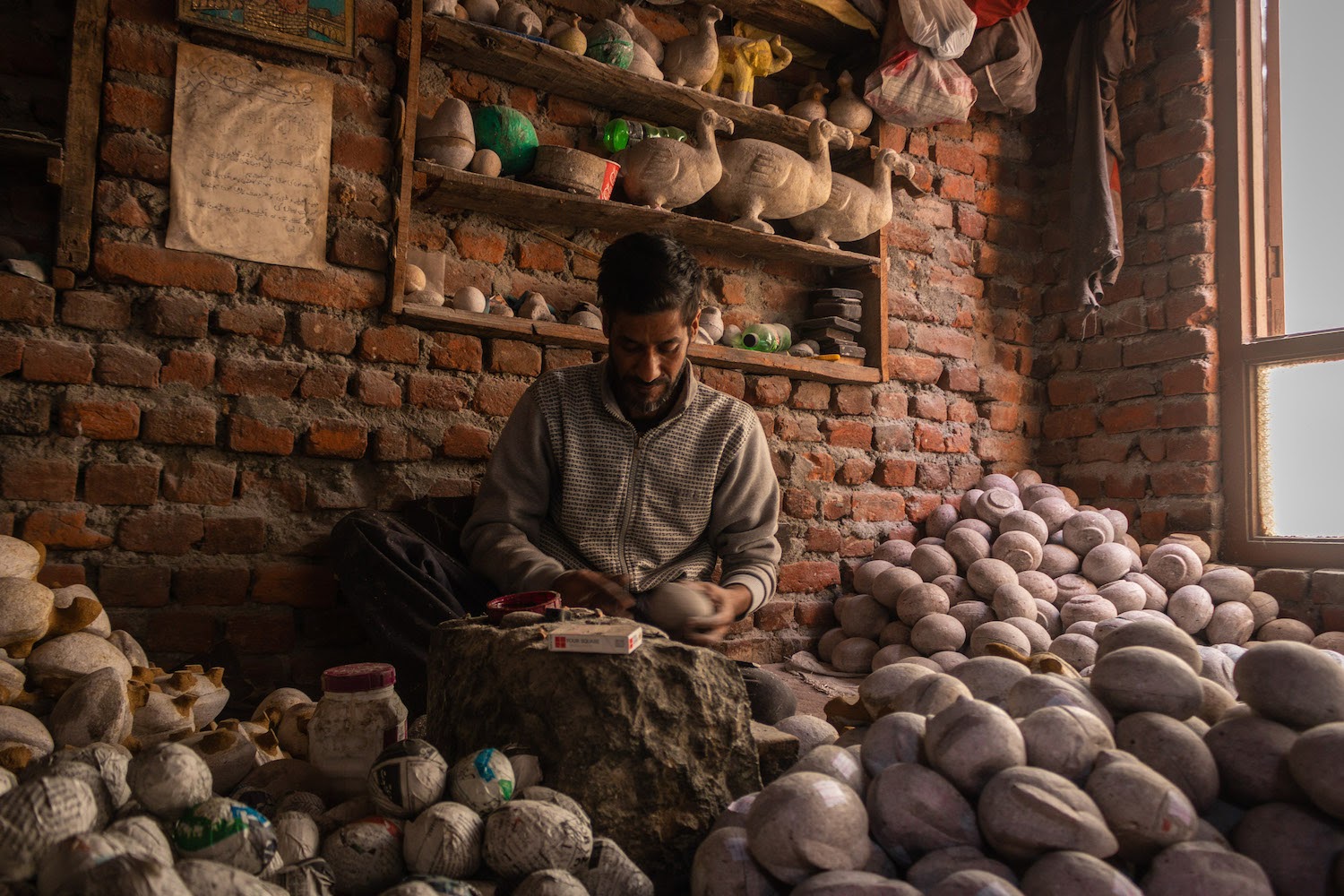
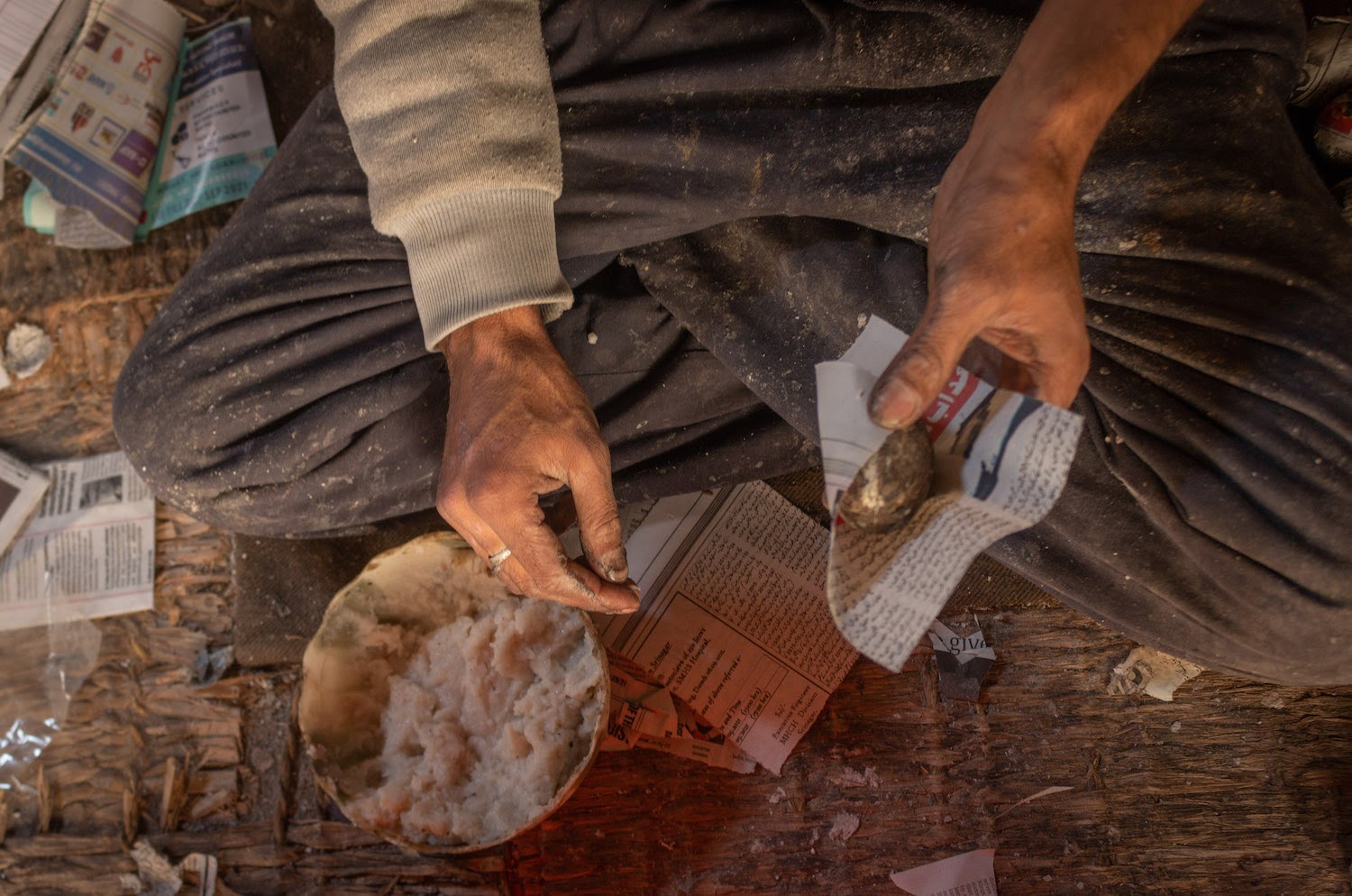
According to Mohammed Maqbool Jan, a veteran craftsman with 40 years experience, most artists were impacted by the crisis and could not provide for their families. “To preserve this art, the government should find new ways to bring it to younger generations so that they can learn about it and keep it alive.”
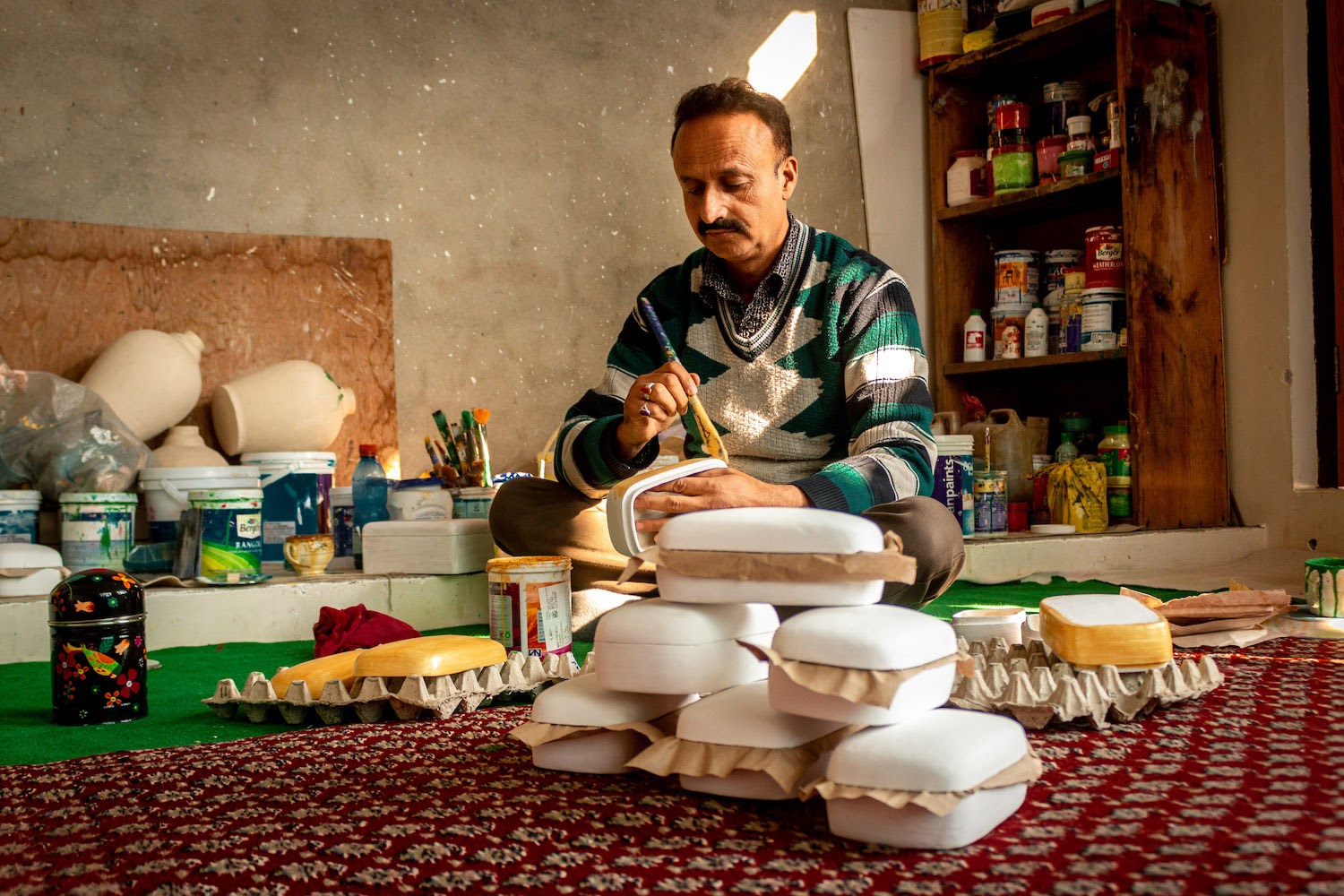
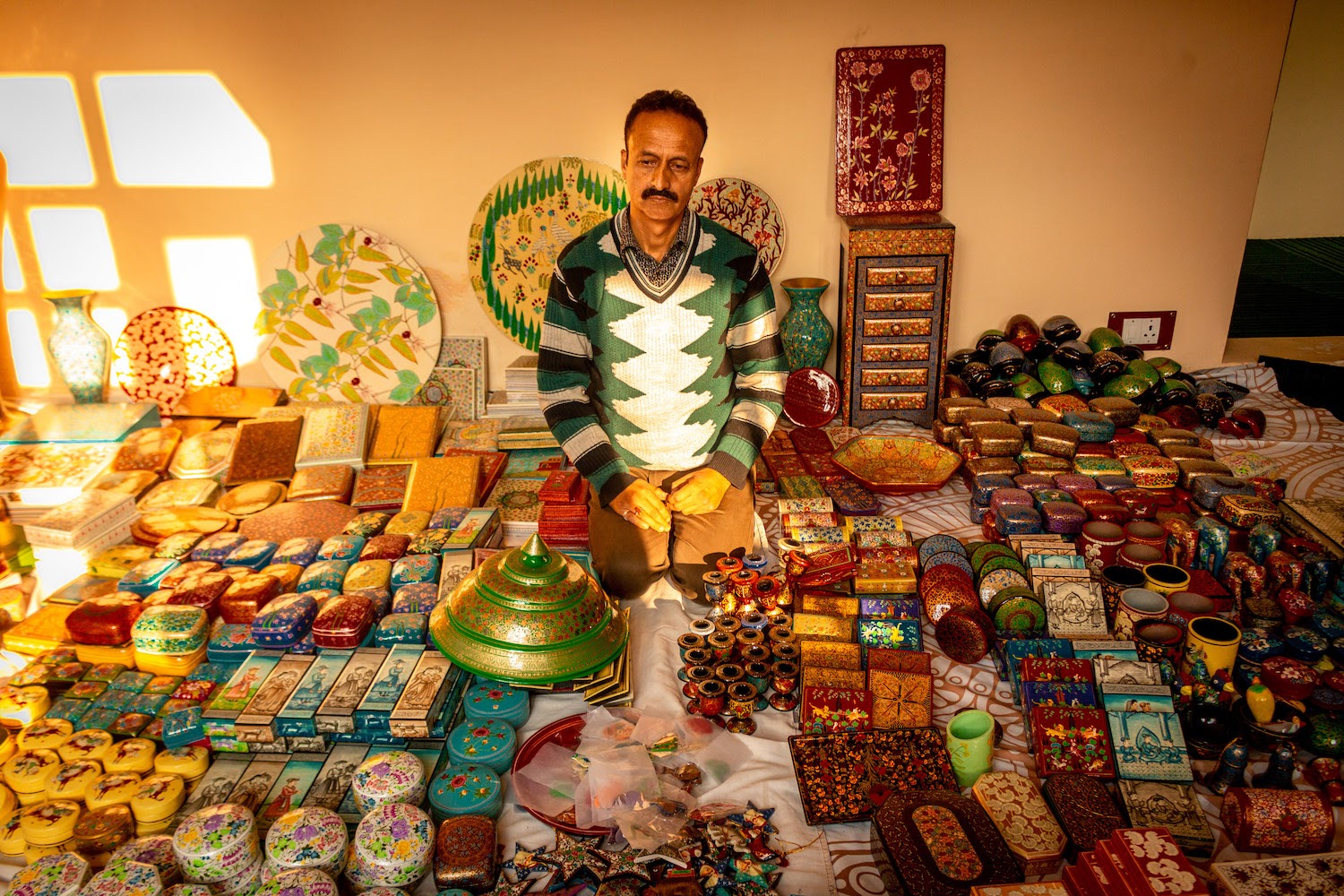
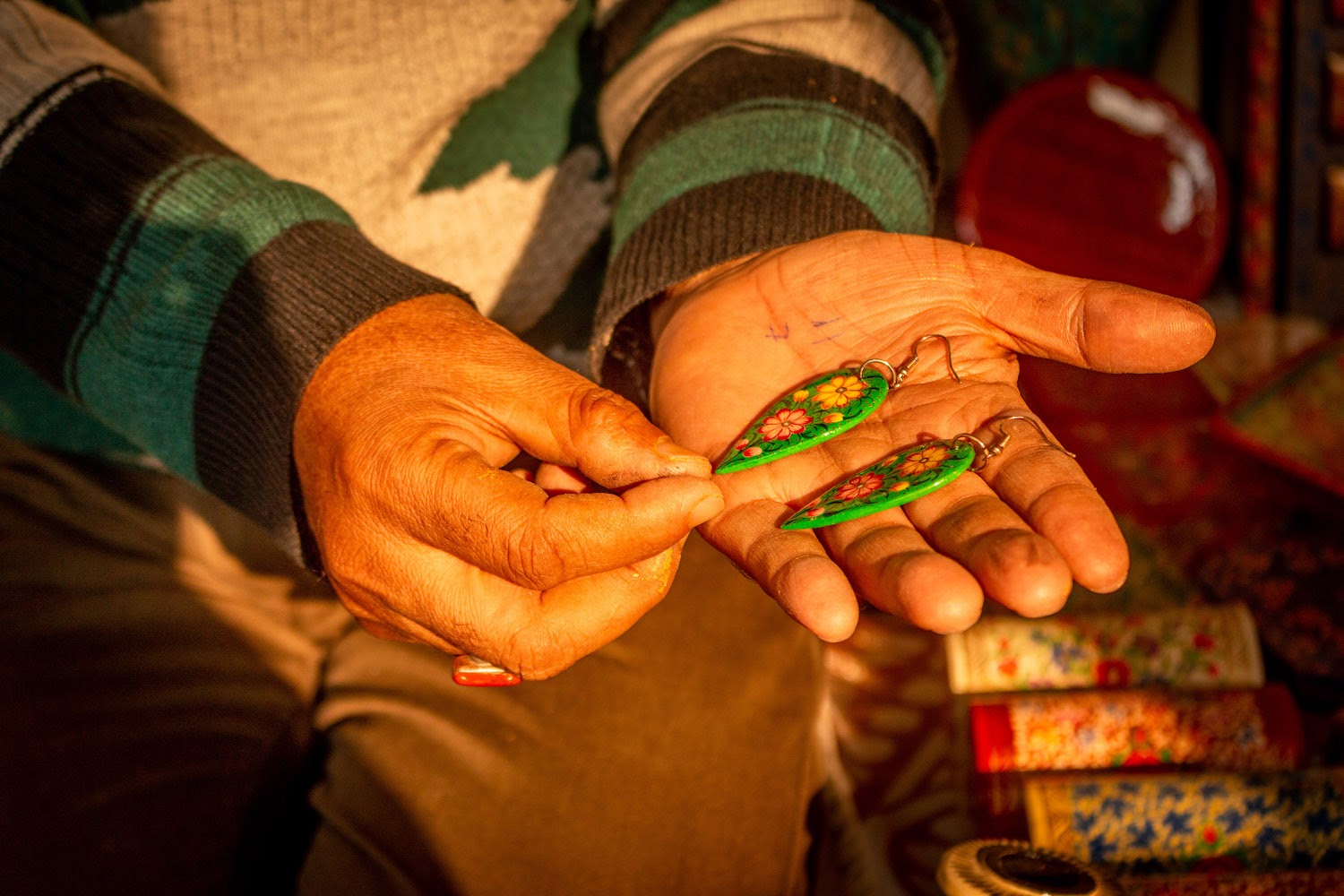
“We are now trying to get back on track, but right now we are still struggling,” said Zameer, who has been in the industry for over 20 years. “During the pandemic we focused on quality and innovative methods of interacting with our customers.”
